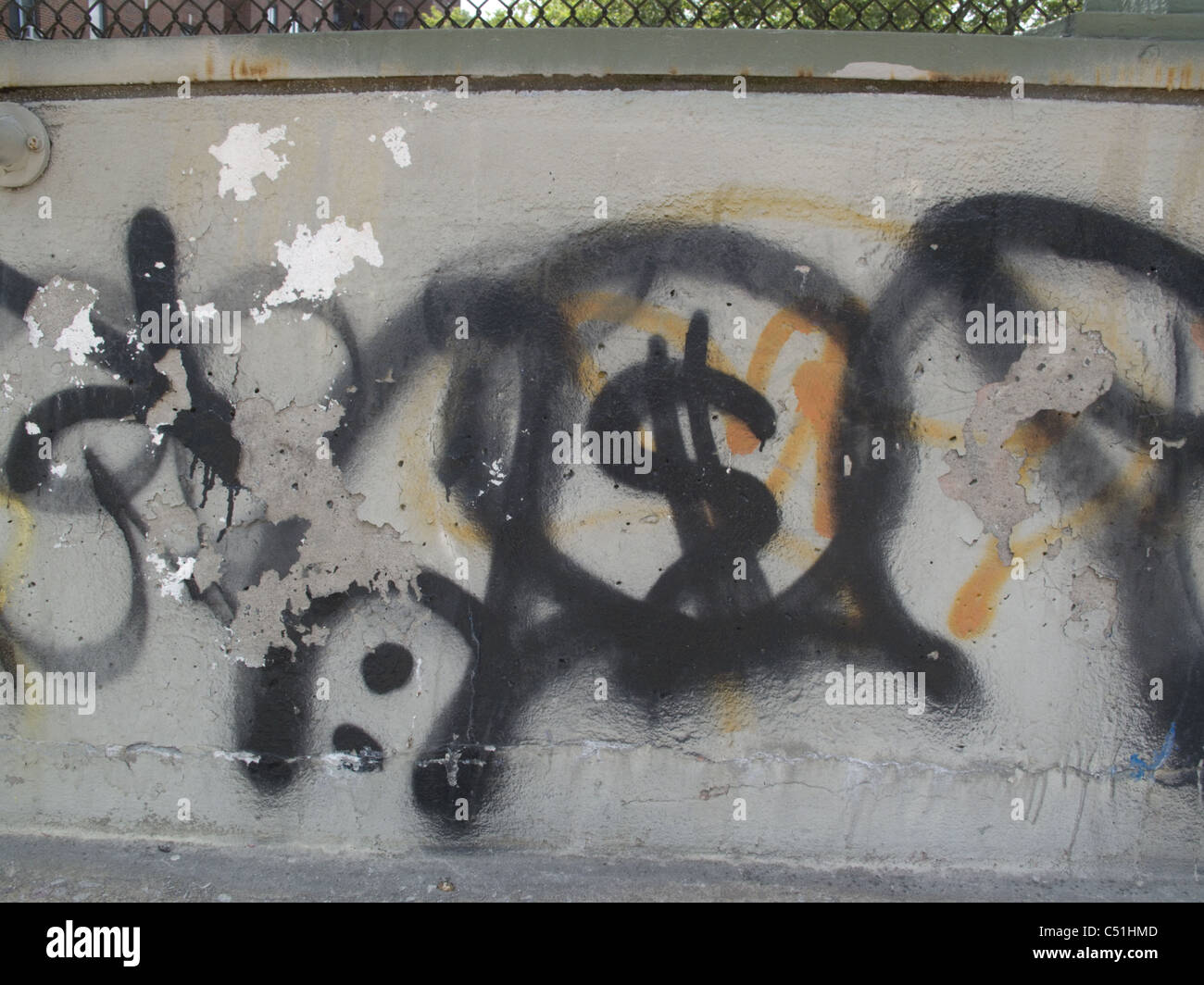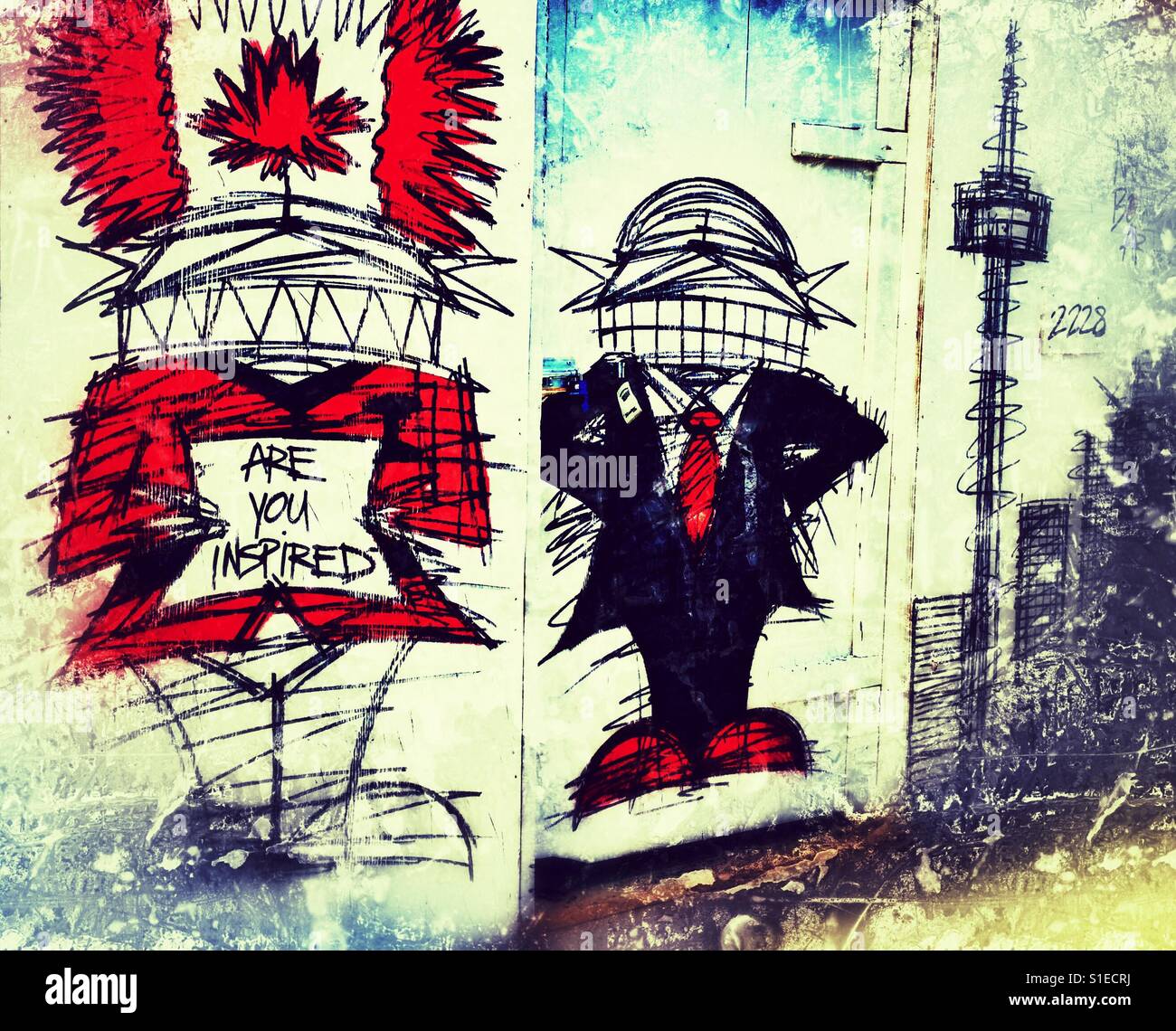Graffiti, once dismissed as mere vandalism, has evolved into a powerful form of artistic expression with deep-rooted symbolism that speaks to cultural, social, and political issues. As cities around the world embrace this art form, understanding graffiti symbolism has become essential for appreciating its significance. This intricate visual language communicates messages that go beyond mere aesthetics, offering a glimpse into the soul of urban landscapes and the voices of its creators. From vibrant murals to cryptic tags, each stroke carries meaning, inviting viewers to decode the stories hidden within.
For decades, graffiti has been a medium for marginalized communities to voice their concerns and express their identities. Its evolution from subway cars in New York City to global recognition as a legitimate art form reflects its transformative power. Graffiti symbolism acts as a bridge between artists and their audience, conveying emotions, struggles, and aspirations. By delving into the complexities of graffiti art, we can uncover its profound impact on society and recognize its role in shaping modern culture.
As graffiti continues to gain prominence, understanding its symbolism is crucial for anyone interested in urban art. This article aims to demystify the hidden language of graffiti, exploring its historical roots, cultural significance, and the messages it conveys. Through expert insights and real-world examples, we will delve into the nuances of graffiti symbolism, offering a comprehensive guide for both enthusiasts and newcomers alike.
Read also:Exploring The Dynamic Duo Gravity Falls Mabel And Her Adventures
What Is the Historical Significance of Graffiti Symbolism?
Graffiti's origins trace back to ancient civilizations, where early humans etched symbols onto cave walls to communicate ideas and record events. Over centuries, graffiti evolved, adapting to different cultural contexts while maintaining its core purpose of self-expression. In the 20th century, graffiti emerged as a prominent feature of urban environments, particularly in the United States. The movement gained momentum during the 1960s and 1970s, coinciding with significant social and political upheavals.
During this period, graffiti became a tool for activism, allowing individuals to challenge authority and highlight injustices. Artists used symbols and imagery to convey powerful messages about race, class, and inequality. For instance, the iconic "Peace and Love" graffiti of the 1960s symbolized the counterculture movement's rejection of war and oppression. Similarly, the rise of hip-hop culture in the 1980s further solidified graffiti's role as a medium for storytelling and identity formation.
How Does Graffiti Symbolism Reflect Cultural Identity?
Graffiti symbolism often serves as a mirror reflecting the cultural identity of its creators. In many communities, graffiti acts as a visual diary, documenting the lives and experiences of its residents. Artists incorporate elements specific to their culture, such as traditional motifs, colors, and patterns, to create works that resonate with their audience. For example, in Latin American communities, graffiti often features vibrant colors and imagery inspired by indigenous art, celebrating the region's rich heritage.
Moreover, graffiti symbolism plays a vital role in preserving cultural memory. By immortalizing historical events, figures, and traditions, graffiti ensures that these narratives are not forgotten. This is particularly important in marginalized communities, where mainstream media often overlooks their stories. Through graffiti, individuals can reclaim their history and assert their presence in urban spaces.
Why Is Graffiti Symbolism Important in Modern Art?
In contemporary art, graffiti symbolism occupies a unique position, bridging the gap between street art and traditional gallery-based practices. Its inclusion in major art exhibitions and museums highlights its growing recognition as a legitimate art form. Artists like Banksy and Jean-Michel Basquiat have elevated graffiti to new heights, using their work to address pressing social issues and challenge societal norms.
Graffiti symbolism's importance lies in its ability to provoke thought and spark conversation. Unlike other art forms, graffiti exists in public spaces, making it accessible to a diverse audience. This accessibility allows for greater engagement and interaction, fostering a sense of community and shared ownership. As such, graffiti symbolism continues to influence contemporary art movements, inspiring new generations of artists to explore its potential.
Read also:How To Round To The Nearest Hundredth A Comprehensive Guide
What Are the Key Elements of Graffiti Symbolism?
Graffiti symbolism is characterized by several key elements that contribute to its complexity and depth. These include lettering styles, imagery, and color palettes, each playing a crucial role in conveying meaning. Lettering, for instance, ranges from simple tags to intricate pieces, with each style carrying its own significance. Similarly, imagery often incorporates symbols, animals, and figures that represent specific ideas or concepts.
Color is another essential component of graffiti symbolism, with artists carefully selecting palettes to evoke certain emotions or convey particular messages. Bright, bold colors may signify energy and vitality, while muted tones might suggest introspection or melancholy. By combining these elements, graffiti artists create works that are both visually striking and intellectually stimulating.
Can Graffiti Symbolism Be Used for Social Commentary?
Absolutely. Graffiti symbolism has long been a vehicle for social commentary, allowing artists to address critical issues affecting their communities. From racial inequality to environmental concerns, graffiti provides a platform for raising awareness and sparking dialogue. For example, during the Black Lives Matter movement, graffiti artists used their work to highlight systemic racism and police brutality, creating powerful visual statements that resonated with millions.
Furthermore, graffiti symbolism's ability to reach a wide audience makes it an effective tool for advocacy. Unlike traditional forms of protest, graffiti can exist permanently in public spaces, ensuring that its message remains visible and relevant. This permanence allows for ongoing engagement and reflection, encouraging individuals to confront uncomfortable truths and consider alternative perspectives.
Is Graffiti Symbolism Universally Understood?
While some aspects of graffiti symbolism may be universally recognized, much of its meaning depends on cultural context and personal interpretation. Symbols that resonate with one community might hold little significance for another, highlighting the importance of understanding the specific environment in which the graffiti exists. Additionally, individual artists bring their unique perspectives and experiences to their work, adding layers of complexity to the symbolism they employ.
Despite these challenges, graffiti symbolism's adaptability allows it to transcend cultural boundaries, creating connections between diverse groups. By fostering dialogue and encouraging empathy, graffiti serves as a powerful reminder of our shared humanity, inviting viewers to engage with the world in new and meaningful ways.
Conclusion: The Enduring Power of Graffiti Symbolism
Graffiti symbolism represents a dynamic and evolving form of artistic expression that continues to shape our understanding of urban culture. By exploring its historical roots, cultural significance, and contemporary relevance, we gain insight into its profound impact on society. As graffiti artists push the boundaries of creativity, their work challenges us to rethink our perceptions of art, identity, and community.
In conclusion, graffiti symbolism offers a window into the complexities of modern life, reflecting the struggles, triumphs, and aspirations of its creators. By embracing its potential, we can harness its power to inspire change, promote understanding, and celebrate the diversity of human experience.
Table of Contents
- Unveiling the Hidden Language: Exploring the Depth of Graffiti Symbolism
- What Is the Historical Significance of Graffiti Symbolism?
- How Does Graffiti Symbolism Reflect Cultural Identity?
- Why Is Graffiti Symbolism Important in Modern Art?
- What Are the Key Elements of Graffiti Symbolism?
- Can Graffiti Symbolism Be Used for Social Commentary?
- Is Graffiti Symbolism Universally Understood?
- Graffiti Symbolism in the Digital Age
- Exploring the Role of Graffiti Symbolism in Urban Renewal
- Conclusion: The Enduring Power of Graffiti Symbolism
Graffiti Symbolism in the Digital Age
With the rise of digital technology, graffiti symbolism has entered a new era of innovation and experimentation. Artists now have access to tools that enhance their creative capabilities, allowing them to push the boundaries of traditional graffiti. Virtual reality and augmented reality platforms enable users to experience graffiti in immersive ways, bringing the art form to audiences beyond physical spaces.
Exploring the Role of Graffiti Symbolism in Urban Renewal
Graffiti symbolism plays a significant role in urban renewal efforts, transforming neglected areas into vibrant cultural hubs. By commissioning artists to create murals and installations, cities can revitalize neighborhoods, attracting visitors and fostering economic growth. This symbiotic relationship between graffiti and urban development highlights the art form's potential to drive positive change and enhance community well-being.


